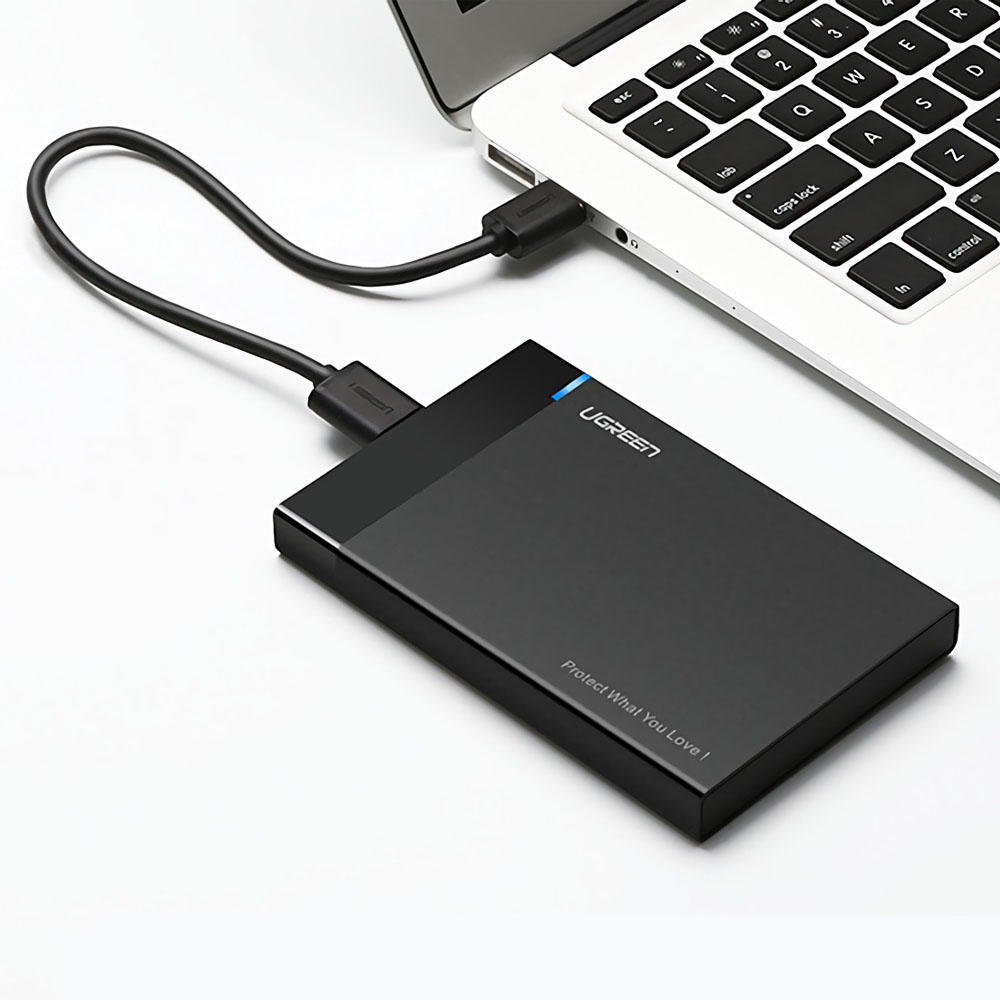When solid state drives and USB flash drives are both known for using NAND flash memory, it's easy to blur their differences. So while they essentially come from the same family, there are three distinct factors that set them apart: interface, performance and controllers. However, before we get into the differences between SSD and USB drives, let's explore the ties that bind them.
To get the best SQ from USB storage you need to use measures such as many other members have done using USB Regens, USB cables with improved separation between D+ and D- data wires, and the power leads etc. How a Digital Audio file sounds, or a Digital Video file looks, is governed to a large extent by the Power Supply area. Despite its tiny size, inside is 512GB of SSD storage, and thanks to USB-C 3.1, you get up to 540MB/s data transfer speeds. It's durable, attractively priced, and comes included with pretty solid. Netac ZSLIM External Solid State Drive 250GB, USB 3.2 Gen 2 (10 Gbps, Type-C) Portable SSD up to 500 MB/s Read, External Storage Compatible for Mac, Latop, Desktop, Tablet, Android Phones(Black) 4.7 out of. When it comes to the main purposes of an external drive, whether it be a mechanical drive or a solid state drive, both categories satisfy similarly. Both offer more storage space than USB flash drives. Both are portable. Both can easily back up the data from a PC or laptop. There are two main differences between an external SSD and an external HDD. When it comes to the main purposes of an external drive, whether it be a mechanical drive or a solid state drive, both categories satisfy similarly. Both offer more storage space than USB flash drives. Both are portable. Both can easily back up the data from a PC or laptop. There are two main differences between an external SSD and an external HDD.
SSD and flash drives both lack the moving parts that are natural to a hard drive. As non-volatile memory, they retain data without the need for power. Both types of drives are also capable of writing data with electrical pulses (EEPROM) one byte at a time.
Now let's talk interfaces. Our thumb-sized flash drives use USB to connect to your systems, being both recognized and used by your computer as a removable device. SSDs on the other hand typically use a speedy SATA interface and can be mounted to your computer machine to make it an integral part of your system. SSDs can be found in netbooks to laptops to servers.

When it comes to controllers, SSDs characteristically possess more efficient ones. This translates to better wear leveling and therefore reliability than their USB flash drive cousins. SSD also uses more data channels than a USB flash drive to boost its performance levels. In addition to using EEPROM, SSD also employs DRAM for quicker access to data since it allows for retrieval of information out of sequence. Cd box cover.
However, the versatility and portability of USB flash drives are unrivaled. With a flash drive, you have that quick, extra storage that can be used where you need it, when you need it. It can bounce from computer to computer while your SSD is more likely anchored to one system. What's more is sometimes you only need a few gigs for your pictures, movies, music and important documents. With a more expensive price tag, SSDs are built to handle heavier duties, helping to power everything from just your system to entire servers.
Usb Ssd Storage Reviews
Winrar exe 64 bit. We want to hear from you. What are the differences you experience as a user between flash drives and SSD?

